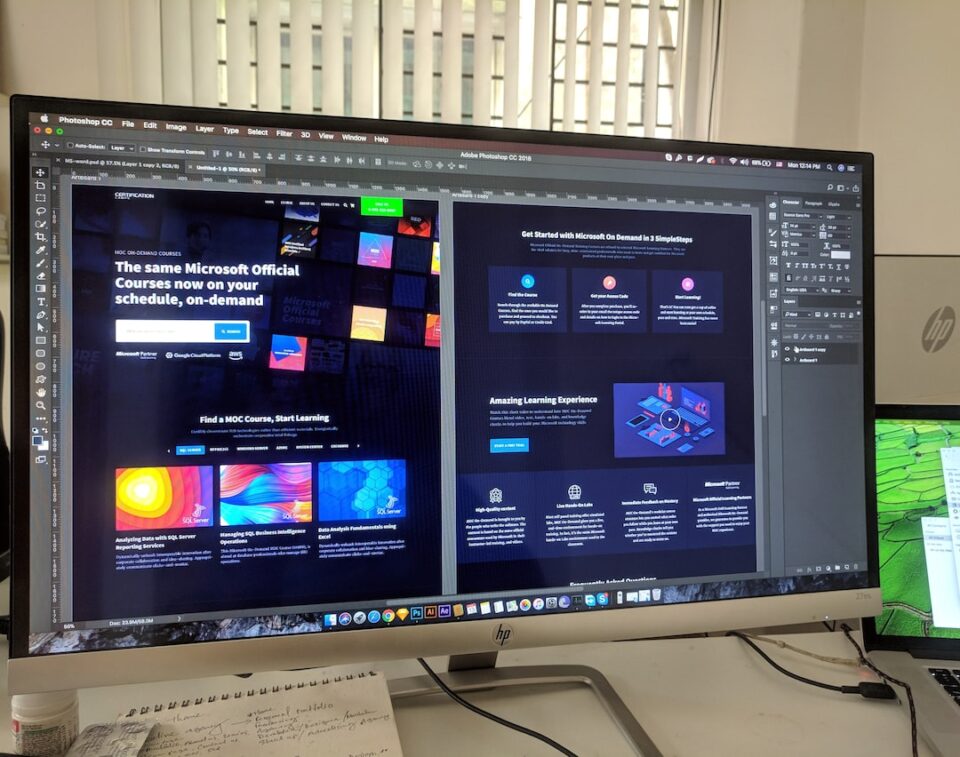Designing for Print: Tips for Effective Layouts
Print design is an art form that requires attention to detail and a keen understanding of visual communication. Whether you are designing for a magazine, brochure, poster, or even a business card, creating an effective layout is crucial to the success of your print project. In this blog post, we will provide you with some valuable tips and tricks to help you design impactful and visually appealing layouts for print.
1. Understand your audience: The first and most important step in designing for print is to understand your target audience. Consider their age, interests, and preferences when deciding on the overall look and feel of your layout. This will help you determine the appropriate use of colors, fonts, and imagery.
2. Choose the right color scheme: Colors evoke emotions and can greatly impact the overall message of your print material. When selecting a color scheme, consider the mood you want to convey. Bright, vibrant colors can create a sense of energy and excitement, while muted tones can provide a more calming and sophisticated feel. Remember to also consider the color psychology behind different shades.
3. Pay attention to typography: Fonts play a crucial role in print design and can greatly affect the readability and visual appeal of your layout. Choose fonts that are legible and appropriate for the content you are presenting. Consider the hierarchy of information and use different font sizes, weights, and styles to emphasize important elements.
4. Create a clear visual hierarchy: Effective print layouts have a clear visual hierarchy that guides the reader’s eye through the content. Make sure to highlight important information using techniques such as bold or larger fonts, contrasting colors, or strategic placement. This will ensure that your message is conveyed effectively and the reader can easily navigate through the material.
5. Use whitespace strategically: Whitespace, also known as negative space, is the empty space between elements in your layout. It is a powerful design tool that helps create a clean and organized look. Don’t be afraid to use ample whitespace to enhance readability and make your design elements stand out. Remember, less is more when it comes to print design.
6. Align and group elements: Alignment and grouping of elements create a sense of order and harmony in your layout. Use a grid system to align text, images, and other design elements. This will create a more visually appealing and professional look. Additionally, grouping related elements together can help create visual connections and make it easier for the reader to understand the content.
7. Pay attention to image quality: Images are a great way to capture attention and add visual interest to your print material. However, using low-quality or pixelated images can have a negative impact on the overall design. Make sure to use high-resolution images that are relevant to your content and are properly positioned within the layout.
8. Don’t overlook the details: Pay attention to the small details in your print design, such as alignment, spacing, and consistency. Consistency in the use of fonts, colors, and layout elements will create a cohesive look and enhance the overall professionalism of your material.
9. Test, proofread, and revise: Before sending your design to print, always test it for any technical issues or potential errors. Check for spelling mistakes, grammar errors, and ensure that all the elements are properly aligned. Ask for feedback from others to get a fresh perspective and make necessary revisions before finalizing your design.
10. Stay updated with industry trends: Print design is constantly evolving, and it’s essential to stay updated with the latest trends and techniques. Follow design blogs, attend workshops, and continuously learn and experiment with new design principles to enhance your skills as a print designer.
Designing for print requires a thoughtful and strategic approach. By understanding your audience, paying attention to typography, creating a clear hierarchy, and focusing on the details, you can create visually stunning and effective print layouts. Remember, print design is an art form, so let your creativity shine through while following these tips for a successful print project.

